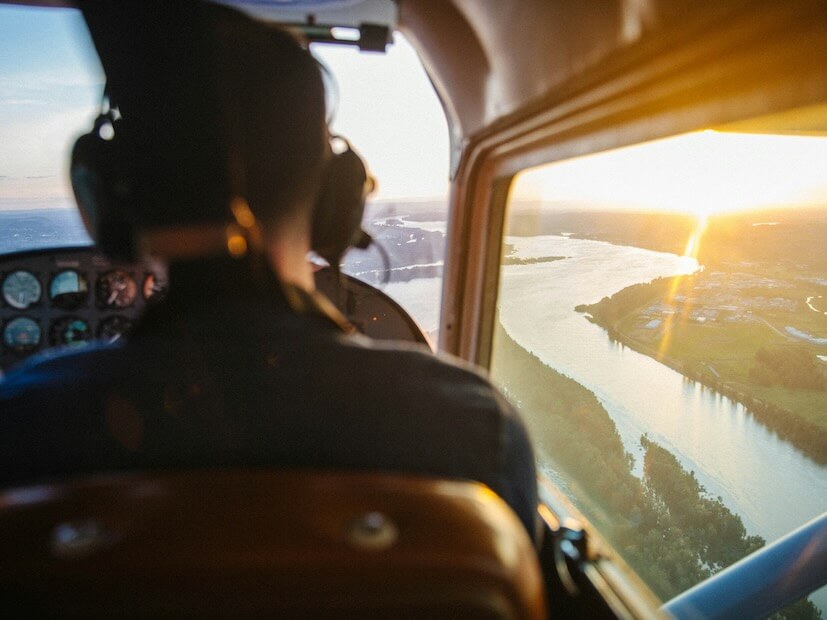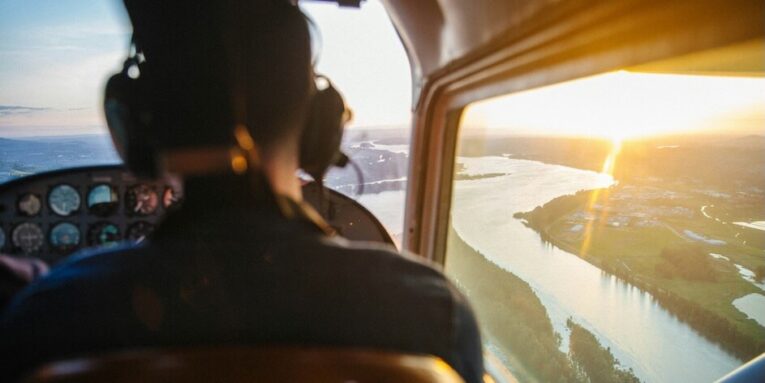For aspiring commercial pilots from around the world, the United States offers a unique environment to gain high-quality aviation education. Part 141 flight schools provide a structured and FAA-approved curriculum that combines classroom instruction with hands-on flight training. International students seeking an M1 or F1 visa can enroll in these programs to build the knowledge and skills necessary to succeed as professional pilots.

Structured Learning at Part 141 Flight Schools
Part 141 flight schools in the U.S. follow a detailed, FAA-approved syllabus designed to ensure students meet rigorous standards. The curriculum balances ground school, where students learn aerodynamics, meteorology, navigation, and aviation regulations, with in-flight training that develops practical skills. This structured approach allows students to progress systematically, mastering each component of flight education under experienced instructors.
Academic and Technical Knowledge
In addition to hands-on flying, Part 141 programs emphasize technical understanding. Students study aircraft systems, flight planning, aviation safety, and emergency procedures, which are critical for both certification and real-world application. International students gain exposure to comprehensive educational content that meets global standards, preparing them to operate safely and effectively in any airspace.
The Role of M1 and F1 Visas in Aviation Education
International students entering the U.S. to study aviation must obtain either an M1 visa for vocational training or an F1 visa for academic study. Schools issue the required I-20 forms, allowing students to apply for visas while demonstrating eligibility and financial support. These visas enable students to fully immerse themselves in the educational experience while complying with U.S. regulations.
Learning in Diverse Airspace and Conditions
One of the advantages of flight training in the U.S. is access to a wide range of airspace, weather patterns, and terrain. Students learn to navigate busy controlled airspace, conduct cross-country flights, and respond to changing weather conditions. This practical experience complements classroom instruction and strengthens decision-making, critical thinking, and situational awareness—essential skills for a commercial pilot.
H2: Instructional Methods and Support
Part 141 schools provide multiple learning modalities to support student success. Instructors use a combination of one-on-one flight training, group lessons, and simulator sessions to reinforce concepts. Many programs also include assessments, practical exams, and study resources to track student progress. For international students, additional support may include English language assistance and guidance on integrating into the U.S. aviation education system.
Preparing for a Career Through Education
Education in a Part 141 program lays the foundation for a career as a commercial pilot. Beyond FAA certification, students develop critical skills in communication, problem-solving, and adherence to safety protocols. Graduates leave with both theoretical knowledge and practical experience, positioning them to pursue airline careers, charter operations, or further advanced certifications such as the Airline Transport Pilot (ATP) license.
Conclusion
For international students seeking a comprehensive aviation education, Part 141 flight schools in the U.S. offer a structured and immersive learning environment. With a combination of classroom instruction, flight training, and support for M1 or F1 visa holders, these programs equip students with the technical knowledge, practical skills, and confidence needed to succeed in the global aviation industry.
People also read this: How Smart Roofing Choices Can Make or Break Your Commercial Property Investment

